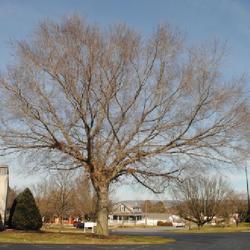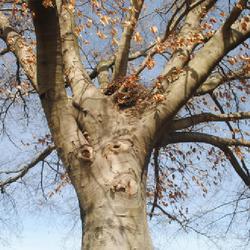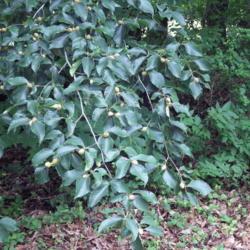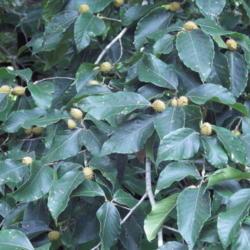| Plant Habit: | Tree |
| Life cycle: | Perennial |
| Sun Requirements: | Full Sun Full Sun to Partial Shade Partial or Dappled Shade Partial Shade to Full Shade |
| Water Preferences: | Mesic Dry Mesic Dry |
| Soil pH Preferences: | Moderately acid (5.6 – 6.0) Slightly acid (6.1 – 6.5) |
| Minimum cold hardiness: | Zone 3 -40 °C (-40 °F) to -37.2 °C (-35) |
| Maximum recommended zone: | Zone 9a |
| Plant Height: | 50 - 120 feet |
| Plant Spread: | 40 - 60 feet |
| Leaves: | Good fall color Unusual foliage color Deciduous |
| Fruit: | Edible to birds |
| Flowers: | Inconspicuous |
| Flower Time: | Spring |
| Uses: | Shade Tree |
| Edible Parts: | Fruit |
| Dynamic Accumulator: | K (Potassium) |
| Wildlife Attractant: | Bees Birds |
| Pollinators: | Wind |
| Containers: | Not suitable for containers |
| Miscellaneous: | Monoecious |
| Conservation status: | Least Concern (LC) |














































| WebTucker | On February 3, 2023 | Obtained plant |